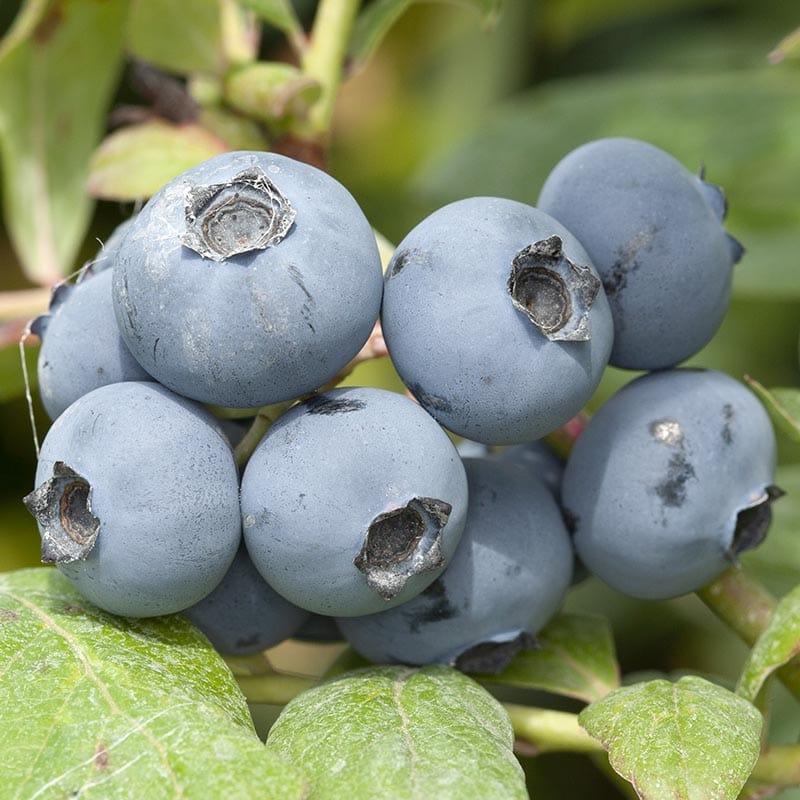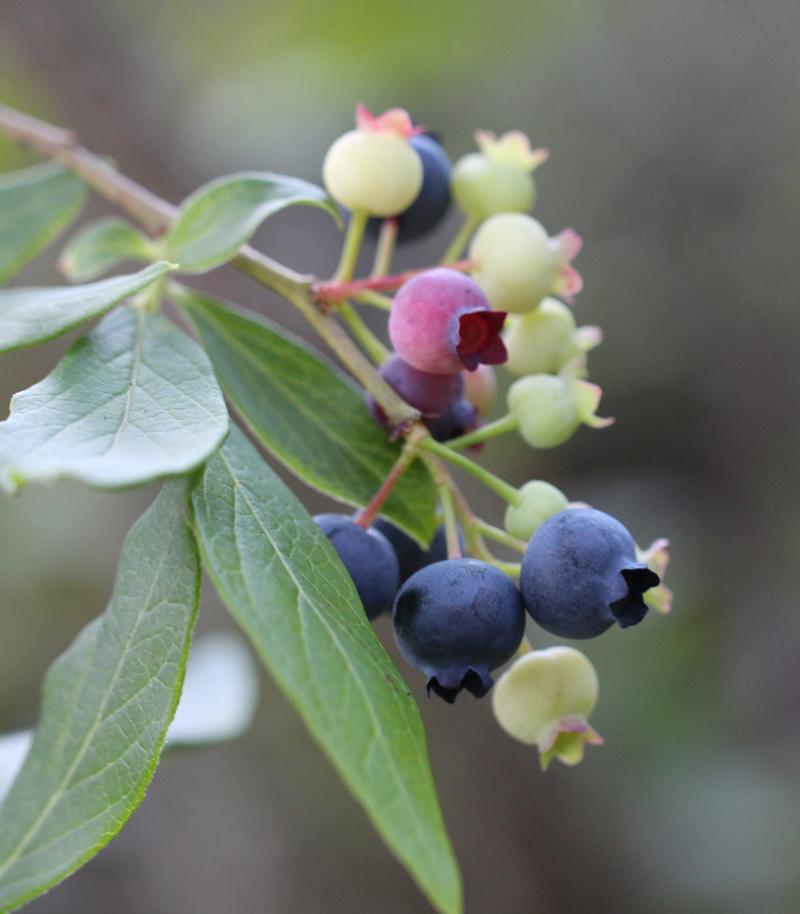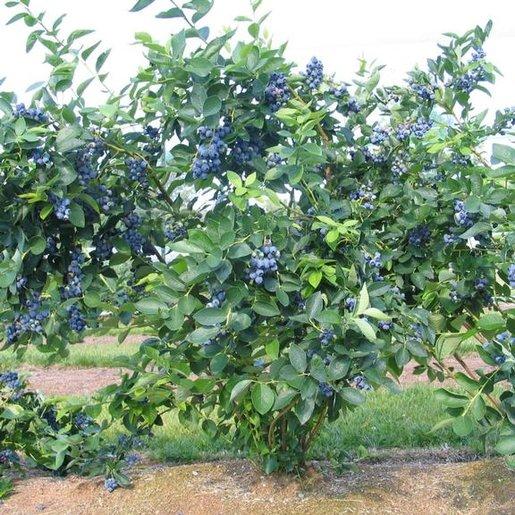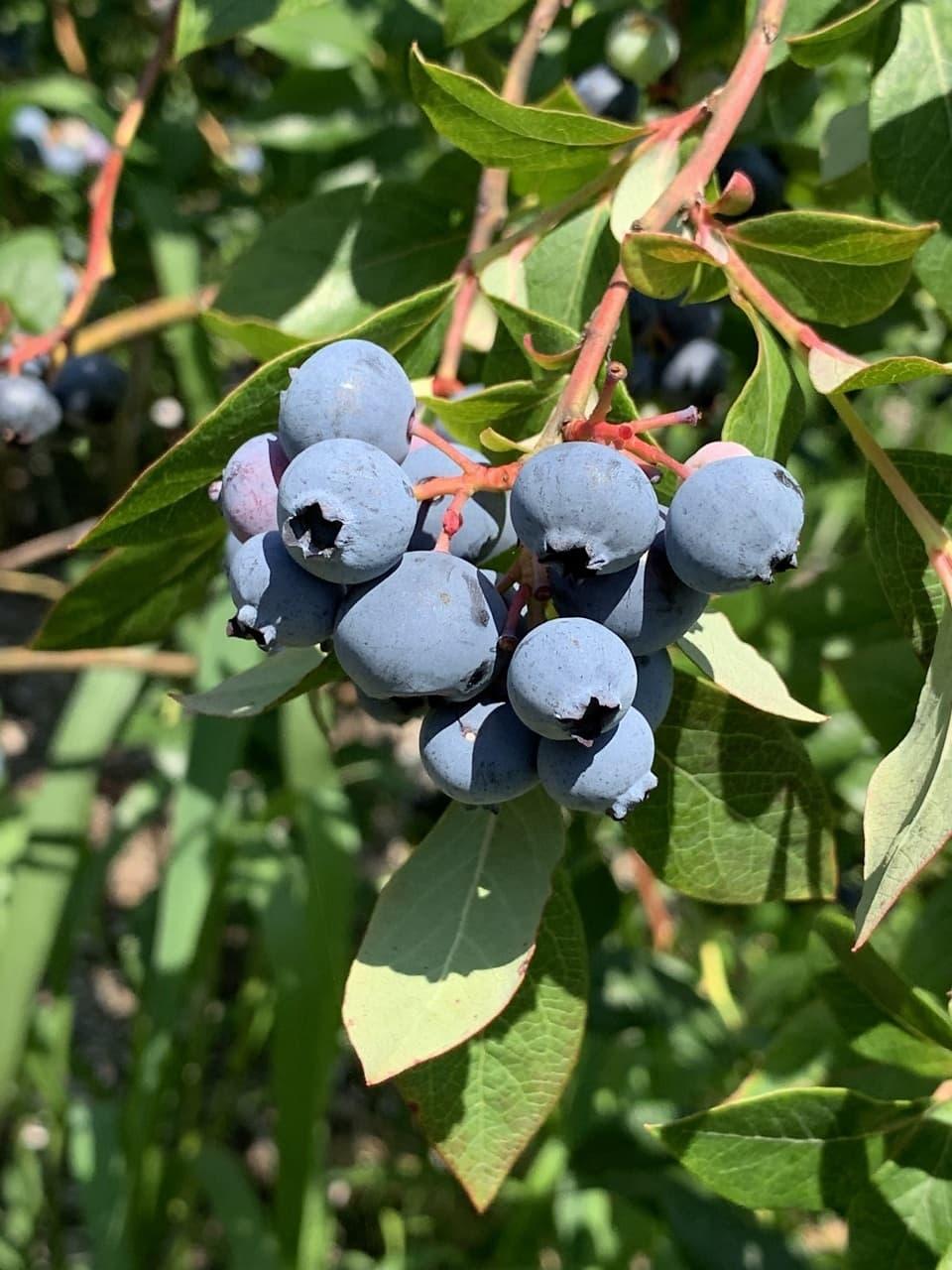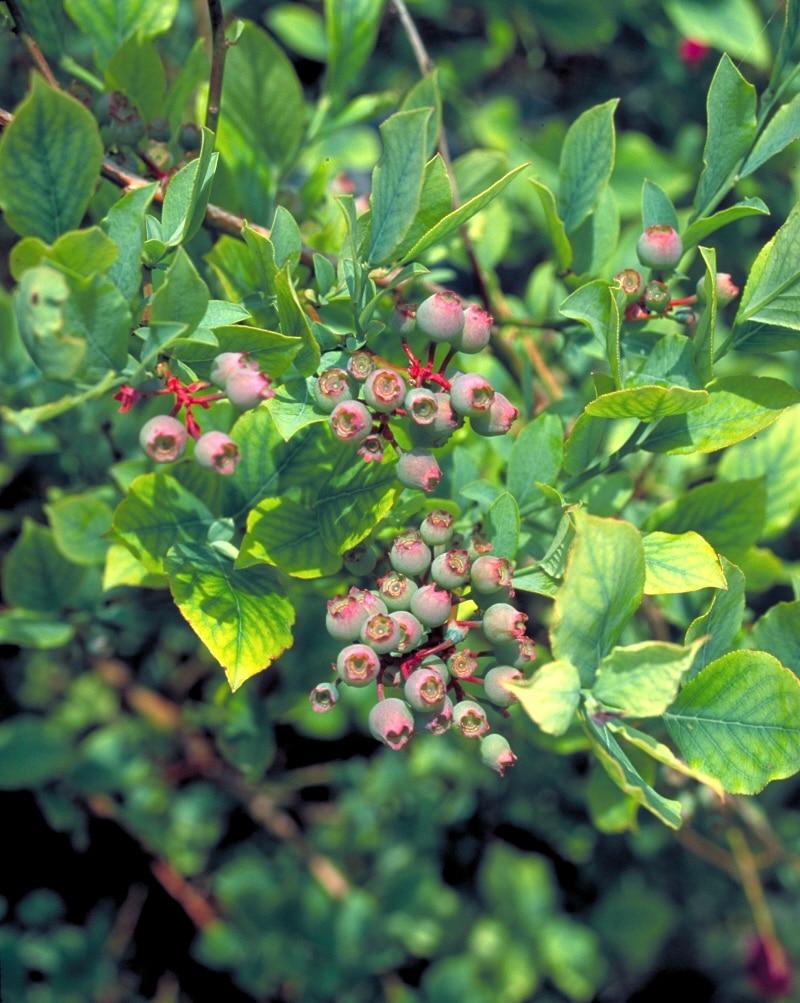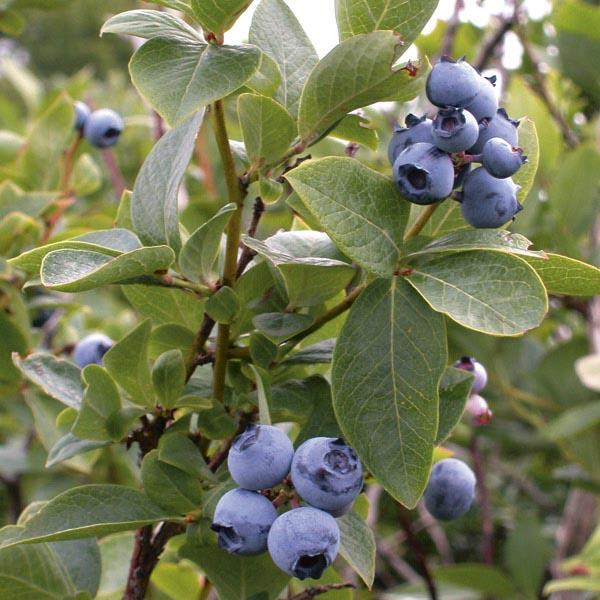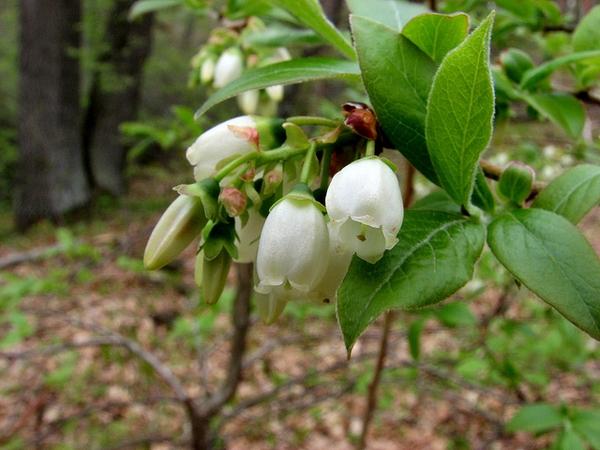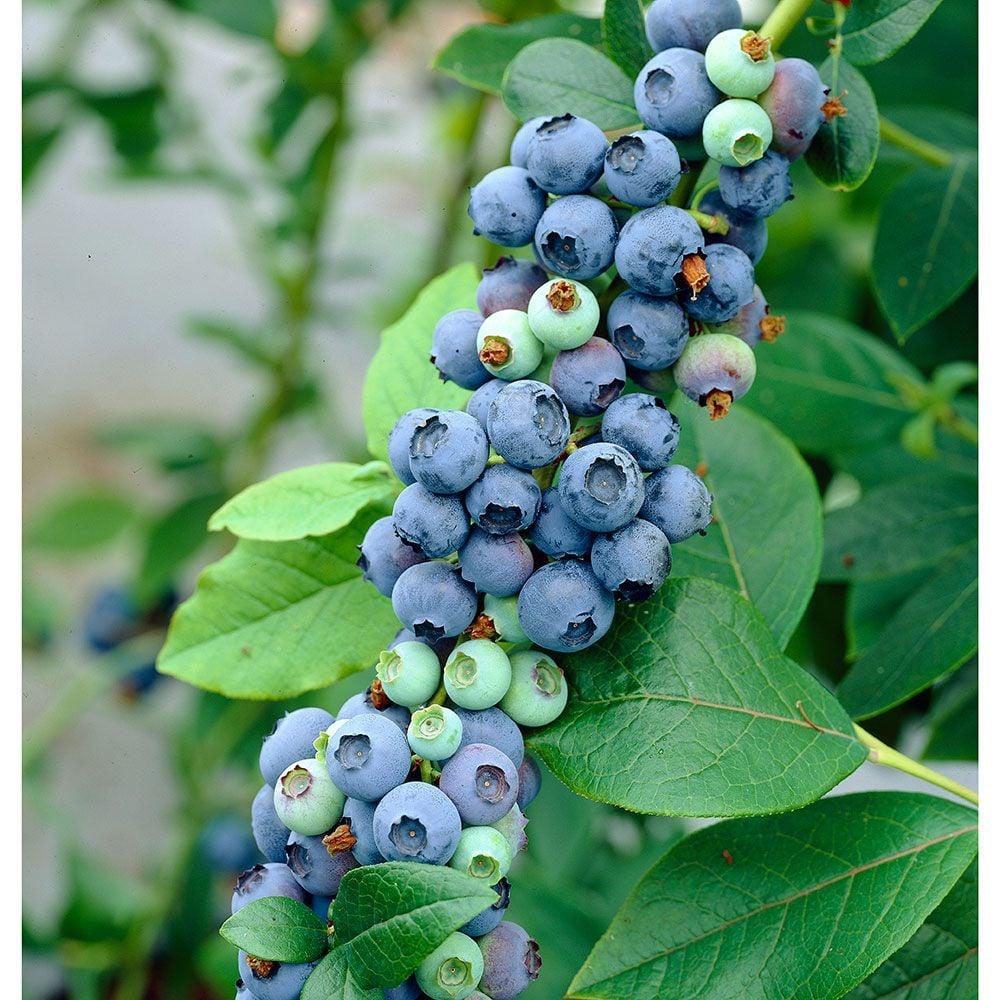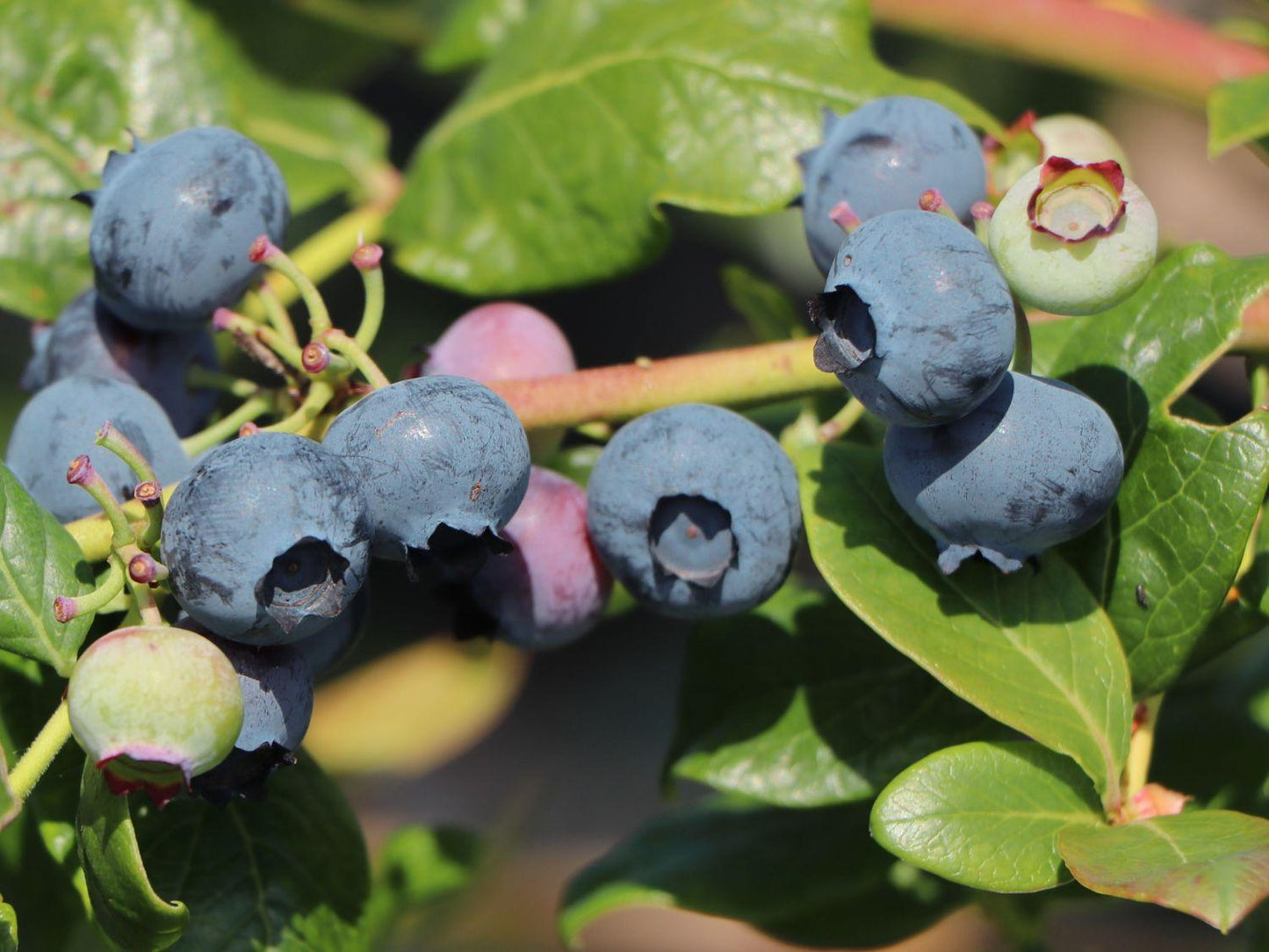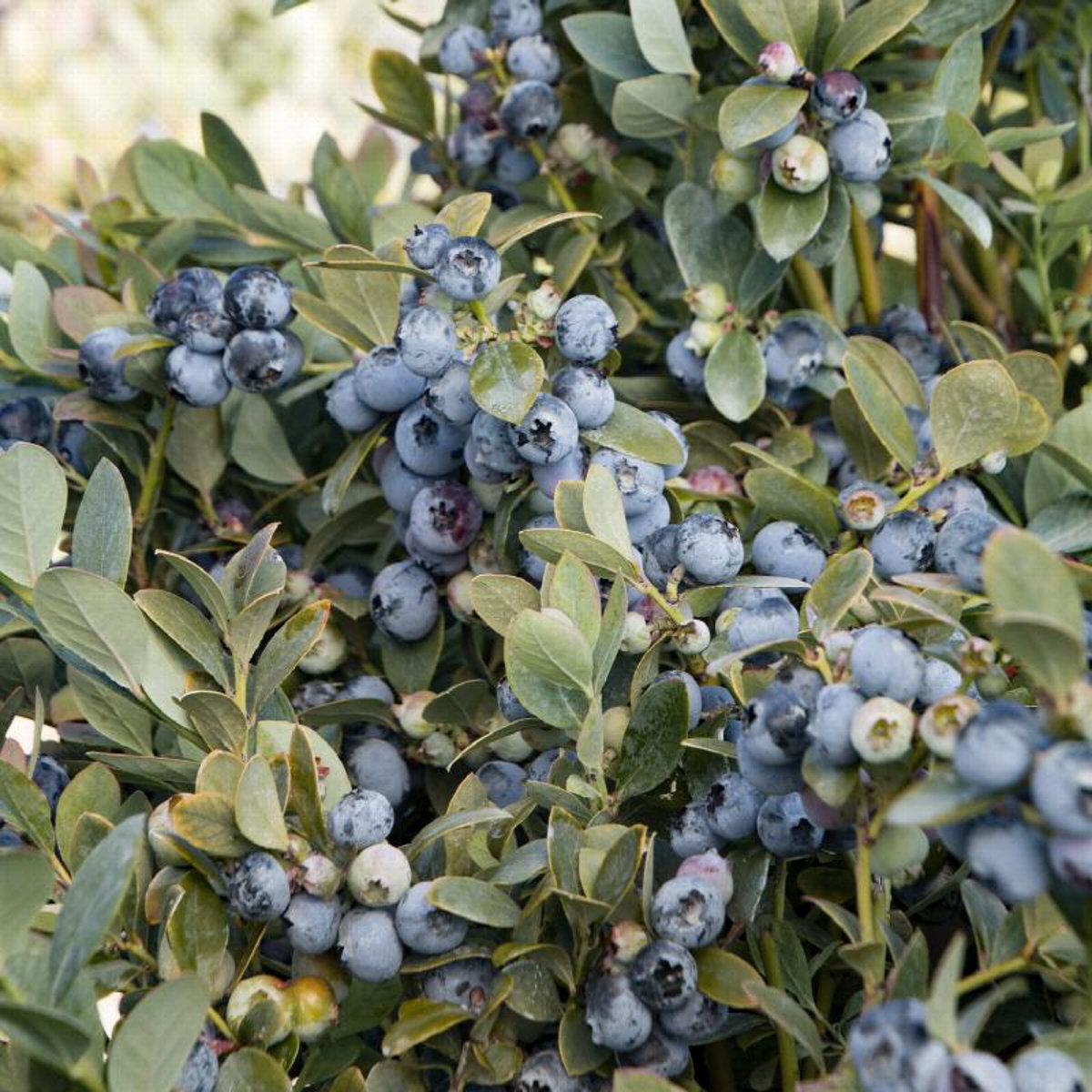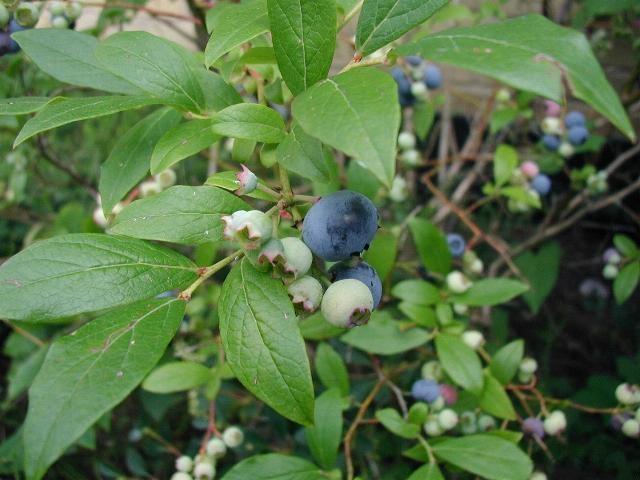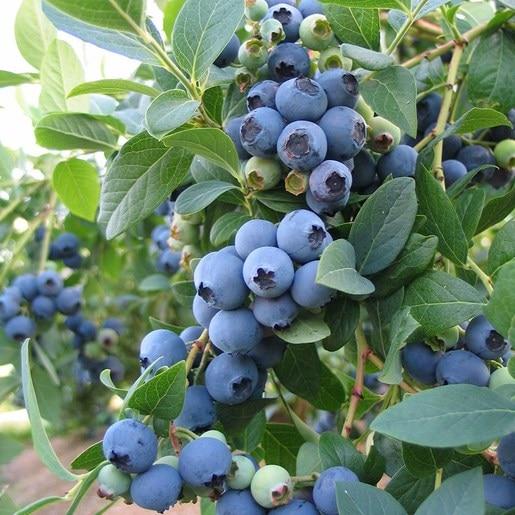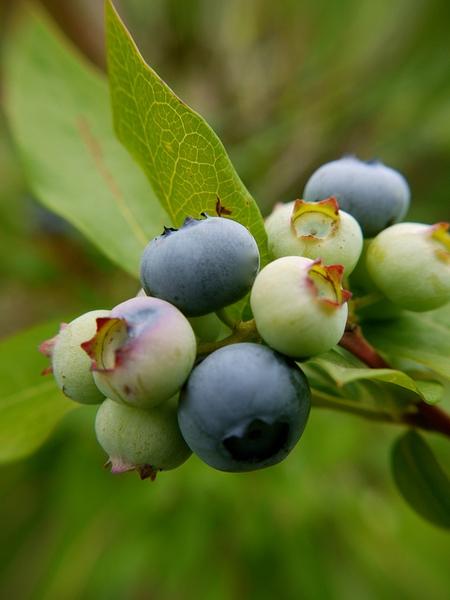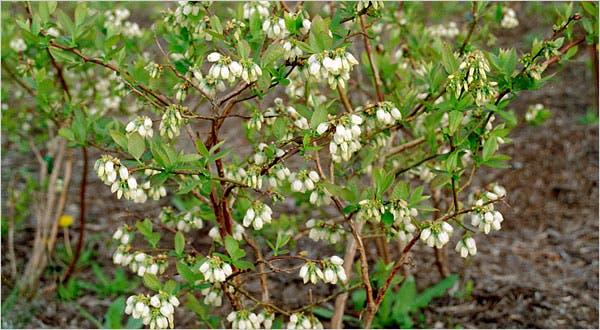1
/
of
20
Blueberry-'Chanticleer'-Delicious berries and vibrant foliage 1 Gallon (Pack of 2)
Blueberry-'Chanticleer'-Delicious berries and vibrant foliage 1 Gallon (Pack of 2)
Regular price
$72.00 USD
Regular price
$93.60 USD
Sale price
$72.00 USD
Unit price
/
per
Shipping calculated at checkout.
SKU:pefr056-alt1-redcrocus
Couldn't load pickup availability
Blueberry, Vaccinium corymbosum 'Chanticleer'
Description
The 'Chanticleer' Highbush Blueberry is a deciduous shrub known for its early ripening, delicious berries, and attractive foliage. It produces clusters of white to pinkish flowers in spring, followed by medium to large, sweet blueberries. The foliage turns a vibrant red in the fall, adding seasonal interest to gardens.
Suggested Uses
This blueberry variety is perfect for edible gardens, mixed borders, and as a fruit-producing hedge. It can also be grown in containers on patios or balconies, making it versatile for various garden settings.
Plant Details
-
 Botanical Name: Blueberry, Vaccinium corymbosum 'Chanticleer'
Botanical Name: Blueberry, Vaccinium corymbosum 'Chanticleer' -
 Common Name: 'Chanticleer' Highbush Blueberry
Common Name: 'Chanticleer' Highbush Blueberry -
 Size & Growth: 4-6 feet tall and wide
Size & Growth: 4-6 feet tall and wide -
 Hardiness Zones: 4-7
Hardiness Zones: 4-7 -
 Foliage Type: Deciduous
Foliage Type: Deciduous -
 Bloom Time: Spring
Bloom Time: Spring -
 Growth Rate: Moderate
Growth Rate: Moderate -
 Light Requirements: Full sun to partial shade
Light Requirements: Full sun to partial shade -
 Attracts Pollinators: Yes
Attracts Pollinators: Yes -
 Indoor Friendly: No
Indoor Friendly: No -
 Container Friendly: Yes
Container Friendly: Yes -
 Deer Resistant: No
Deer Resistant: No -
 Pet Warning: Non-toxic
Pet Warning: Non-toxic -
 Fragrant: No
Fragrant: No -
 Cut Flower: No
Cut Flower: No -
 Grows Well With: Azaleas, Rhododendrons, and other acid-loving plants
Grows Well With: Azaleas, Rhododendrons, and other acid-loving plants
Care Tips
-
 Planting Instructions: Plant in early spring or fall, ensuring good soil drainage.
Planting Instructions: Plant in early spring or fall, ensuring good soil drainage. -
 Soil Moisture: Keep soil consistently moist, but not waterlogged.
Soil Moisture: Keep soil consistently moist, but not waterlogged. -
 Soil Type: Prefers acidic, well-drained soil rich in organic matter.
Soil Type: Prefers acidic, well-drained soil rich in organic matter. -
 Humidity: Tolerates average humidity levels.
Humidity: Tolerates average humidity levels. -
 Pruning Instructions: Prune in late winter to remove dead or weak branches.
Pruning Instructions: Prune in late winter to remove dead or weak branches. -
 Winter Care: Mulch around the base to protect roots from freezing temperatures.
Winter Care: Mulch around the base to protect roots from freezing temperatures. -
 Planting Depth: Plant at the same depth as in the nursery container.
Planting Depth: Plant at the same depth as in the nursery container. -
 Fertilization: Fertilize in early spring with a balanced, acid-forming fertilizer.
Fertilization: Fertilize in early spring with a balanced, acid-forming fertilizer. -
 Special Care: Monitor for pests like aphids and apply organic insecticides if necessary.
Special Care: Monitor for pests like aphids and apply organic insecticides if necessary.
Share
